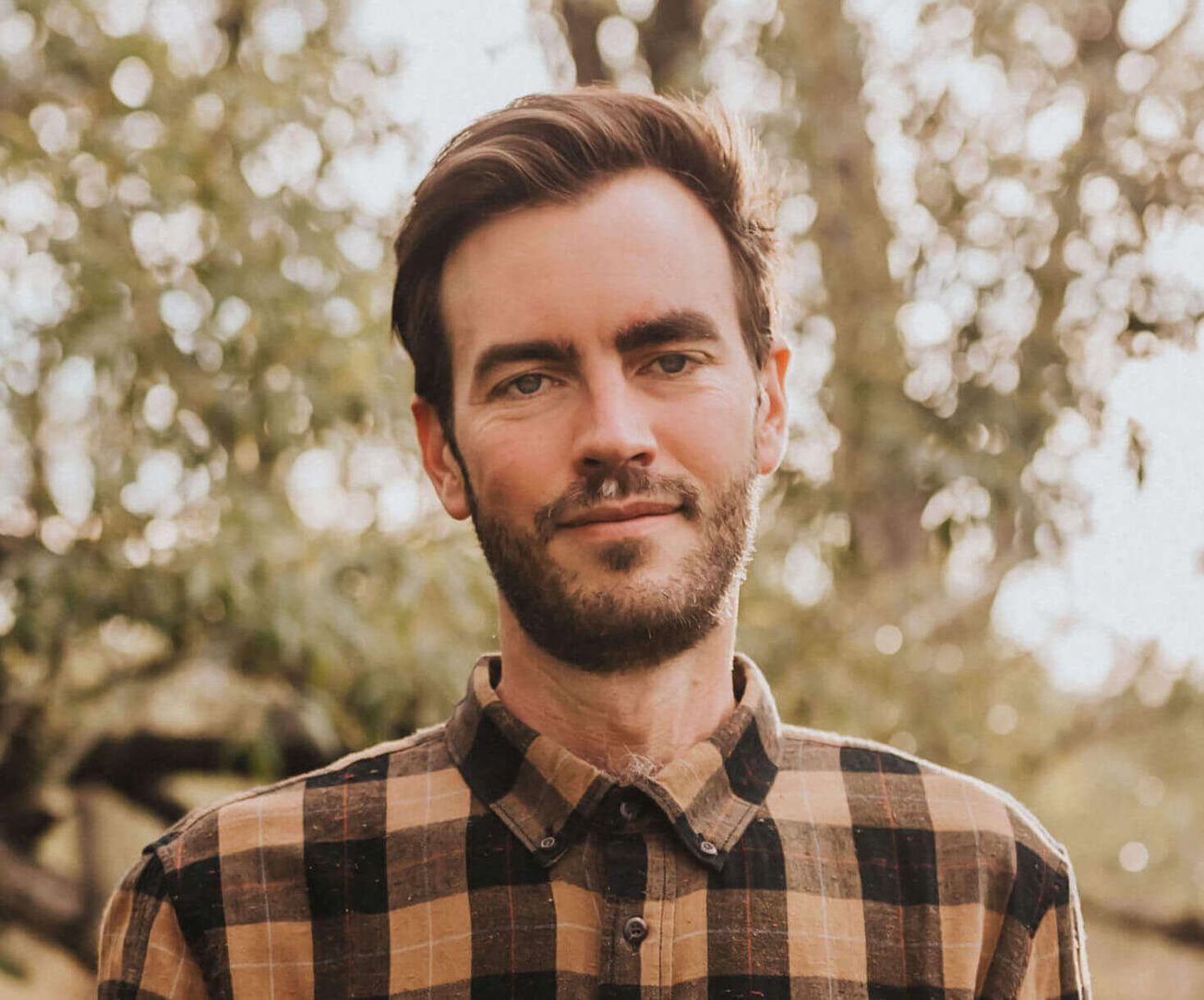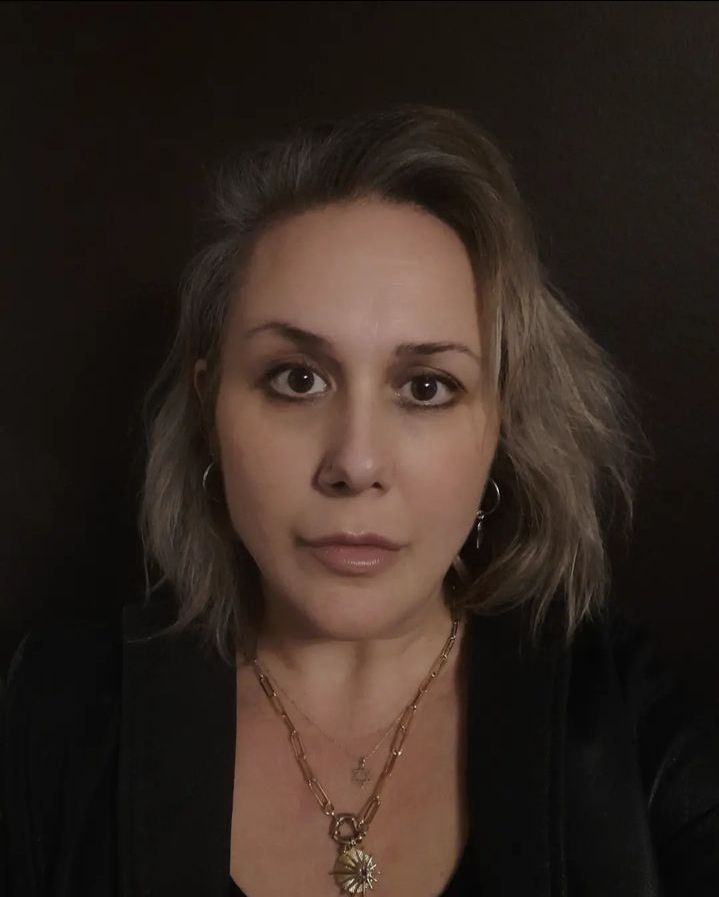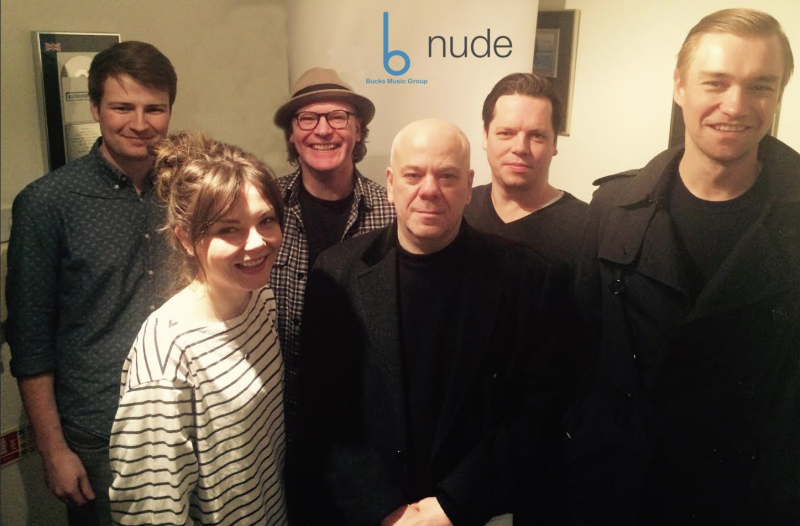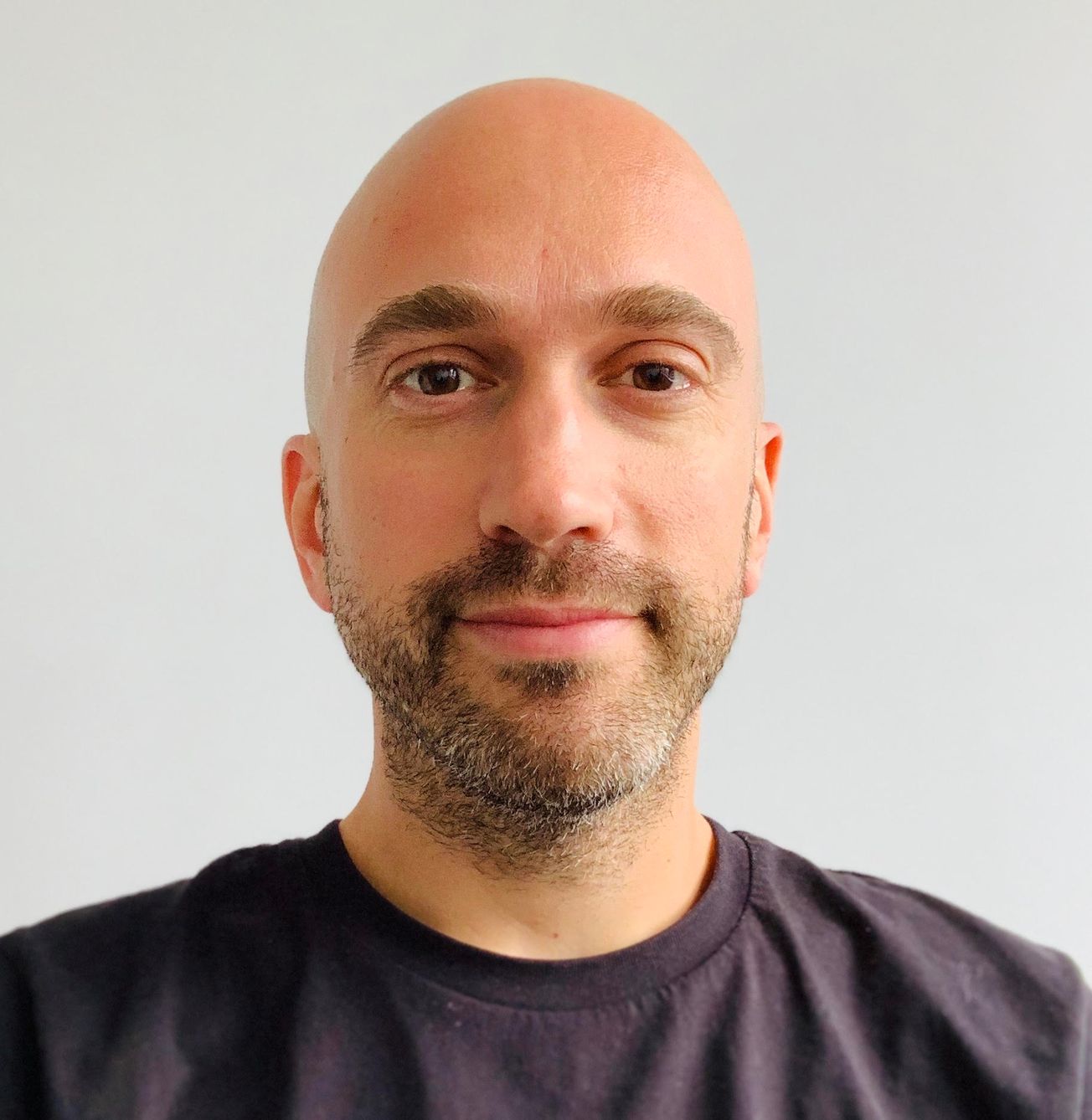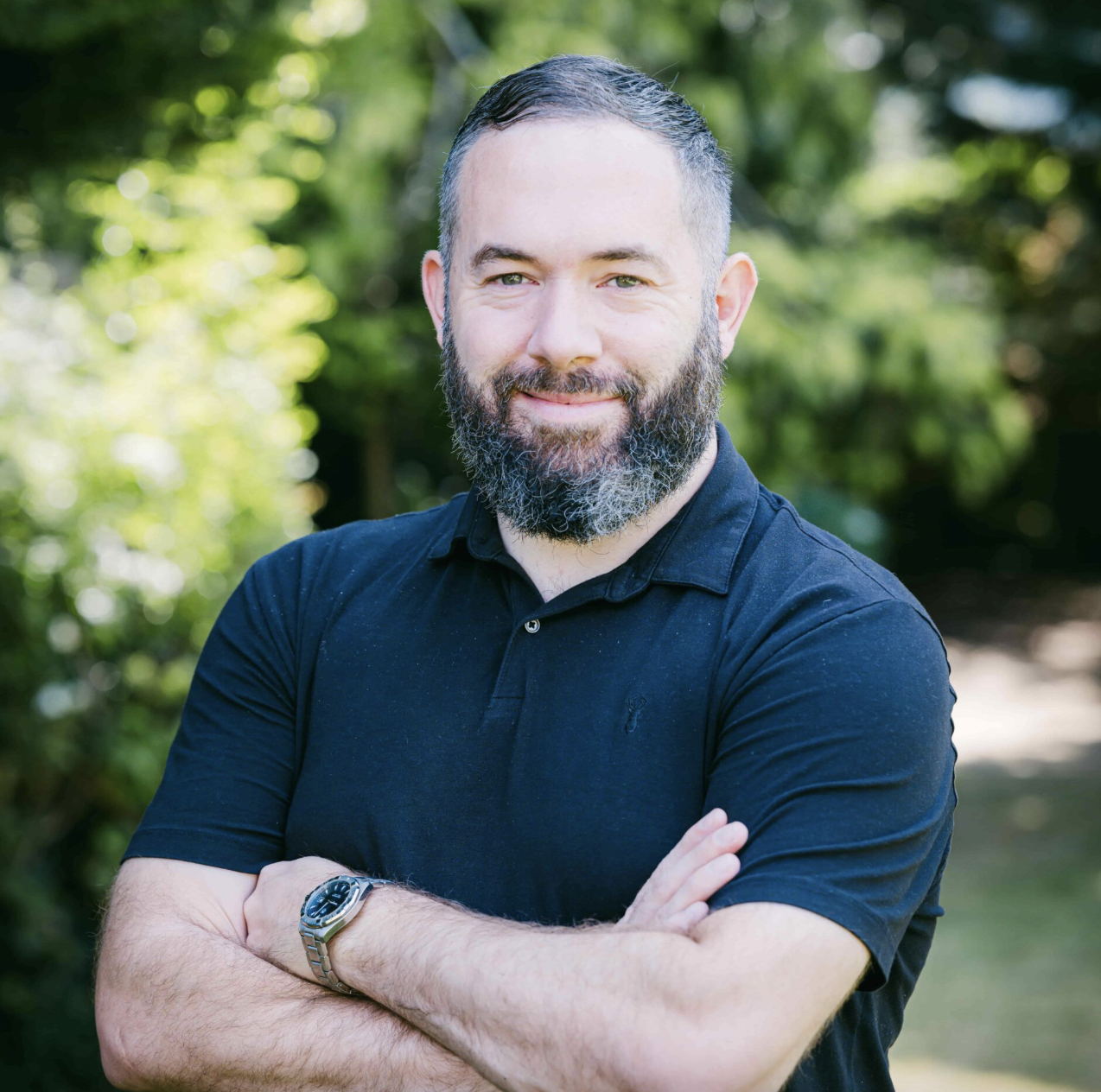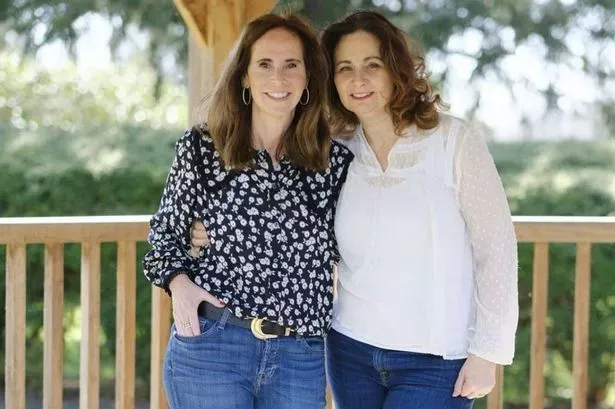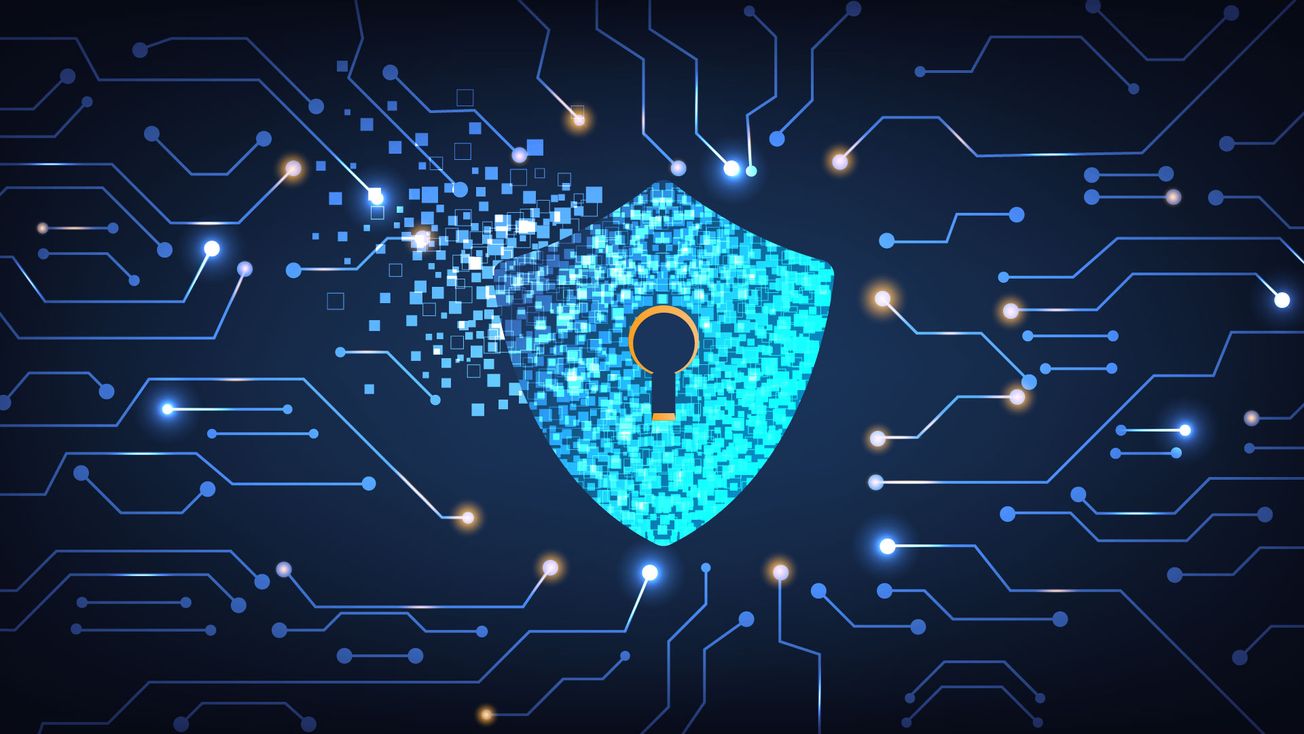We spoke to Tyler Adams, CEO & Co-founder at COZ, about his work with non-fungible item technology and how he has been making the NEO ecosytem more accessible.
TN: Can you explain what non-fungible item technology is and how it is being used?
Taylor: A Non-Fungible Item (NFI) is a physical asset cryptographically linked to a "digital twin", establishing a secure bridge between the physical and digital realms. NFI technology is the door for Web3 mass adoption, enabling individuals to prove ownership of a physical item and authorizing specific actions on-chain or off-chain. NFIs broaden the horizons for real-life applications of blockchain, even for those with little to no familiarity with the blockchain sphere.
The NFI chip is a proprietary design developed by COZ, which has a secure NFC chip that contains a private master key. All communication from the physical item to the blockchain is encrypted which guarantees complete confidentiality and security - once the physical asset is binded, not even our team has access to the code anymore, making the technology 100% tamperproof. As everything on the blockchain is public and can be verified at any time, ownership of an item linked to NFI technology can be confirmed by anyone, should the need arise.
NFIs offer endless potential for real-world use cases and industries, including fashion, brand and post-purchase activations, customer experience (e.g. events, clubs), POAP (Proof of Attendance), Proof of Physical Ownership, financial transactions, verifications, and much more.
TN: How did you start using NFIs in your work and how do you currently use NFIs in your work?
Tyler: About seven years ago, I began researching consensus algorithms. As blockchain research is at the forefront of this, I dove into distributed ledger technology (DLT) and whitepapers. My primary finding was that DLT was not getting the exposure it deserved. At COZ, we jumped into developing on the blockchain and started building tooling and infrastructure to provide user experience support.
In their daily lives, people don’t care what type of technology they use, as long as it performs the required functions. NFIs, powered by blockchain, enhance our daily lives without the need to learn their intricacies and complexities. Currently, in our work at COZ, we are focusing on using NFIs for verification purposes, for example, tracking supply chains, stopping counterfeit goods, verification of ownership, proof of attendance, and much more. Blockchain provides a fantastic opportunity to seamlessly connect both the physical and digital worlds for a myriad of purposes that benefit many.
TN: How does COZ utilize its technology to support local communities?
Tyler: We are passionate about promoting local businesses and creators and have been able to leverage NFI technology to achieve this. For example, we performed an activation in Denver, Colorado, for the DENVER WALLS festival last year. Attendees could go mural hunting and collect check-ins by tap-scanning bronze plaques, custom-made by us for each artist and embedded with NFI technology. The interactive map included in the app made the experience fun and murals easier to find for visitors. Due to the nature of the technology, we were able to relaunch the activation for ETHDenver in February, encouraging blockchain enthusiasts visiting Denver to check out the city's art and brewery scenes. COZ partnered with a local brewery so anyone who had scanned three murals or more could earn a free beer, generating interest in the murals and boosting the RiNo Art District's people flow.
We have also begun expanding outside of the U.S. In Santos, Brazil, we were asked to carry out the NFI activation on the "A Sea of Hope" mural by Giulia Lupo, founder of She Wolf by Giulia. COZ installed a bronze plaque beside the mural which once scanned with the visitor’s mobile, provides additional information on the artwork and artist, as well as a full map of points of interest all over the city.
TN: You worked to make the NEO ecosystem more accessible by developing a new set of Python tools. Can you tell us a bit more about this process? (e.g. the goals in mind when creating these tools, how you tailored these tools to a range of developers, how they worked to increase accessibility)
Tyler: COZ pioneered the development of a Python suite for Neo more than seven years ago. This set of Python tools, primarily geared towards developers, helped to establish the accessibility of the Neo ecosystem and continues to fulfill this purpose to this day. The contribution of COZ’s Python tools to the Neo ecosystem aided in introducing the Neo blockchain across multiple continents and allowed Neo to access a wider pool of developers.
We chose to utilize Python as it is the primary programming language of information technology and the programming language primarily taught in schools. As such, this helped us further increase the accessibility of the Neo ecosystem as it provided a familiar access point to a wide range of developers.

